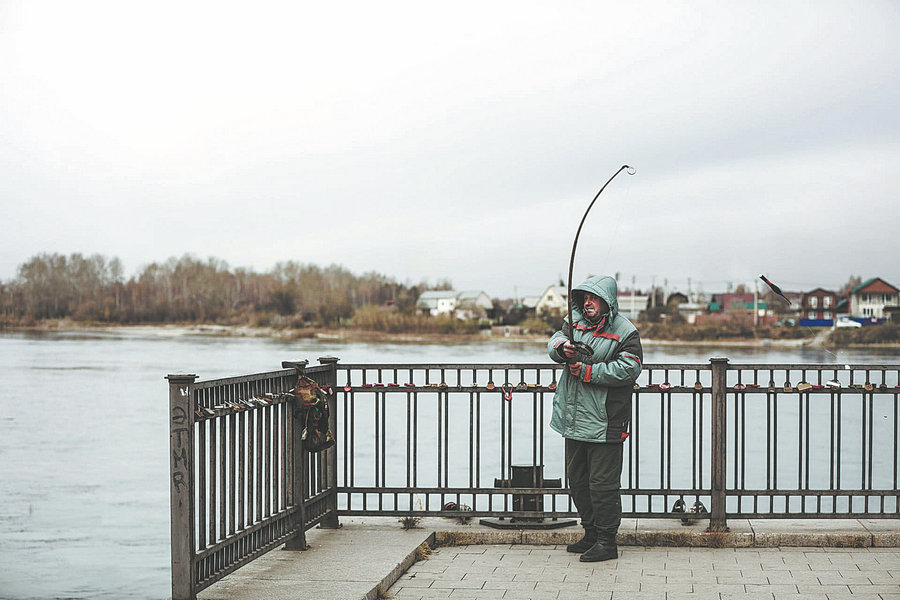

"The Sacred Sea"
Alongside being blessed with staggering biodiversity, the lake is also known as the Sacred Sea, inspiring many myths. Among the local legends is that of a water beast, named LusudKhan (Water Dragon Master) by the region's indigenous Buryat people.
The legendary lake monster is said to resemble a giant sturgeon, with a protruding snout and armor festooning its back. Some suggest that it is represented in the Stone Age petroglyphs located along the Baikal cliffs.
Set deep within the Russian subcontinent, Baikal is the deepest and most voluminous of all lakes, a superstar of superlatives in hydrology, geology, ecology and history.
Today, the lake contains some 20 percent of the Earth's lake and river water, making this Russian giant comparable in volume to the entire Amazon basin.
The lake is rich in biodiversity, and supports more than 2,500 animal species, about 80 percent of which live nowhere else on the planet.
The most famous of these animals may be the Baikal seal, the only exclusively freshwater seal on the planet. Numbering an estimated 100,000, the presence of this comfortable and well-adapted population of animals in interior Russia has stumped evolutionary biologists, who aren't certain just when or how the animals came to be so far from the open ocean.
The Baikal area, sometimes known as Baikalia, has a long history of human habitation.
Near the village of Mal'ta, some 160 km northwest of the lake, remains of a young human male known as MA-1 or "Mal'ta Boy" are indications of local habitation by the Mal'ta-Buret' culture around 24,000 years ago. An early tribe known in the area was the Kurykans.
The first European to visit Lake Baikal may have been recorded as Russian explorer Kurbat Ivanov in 1643.